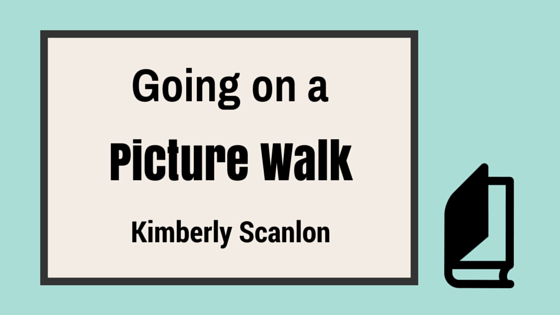Sign Up For Our E-Blast To Receive Information on our Books, Speech Therapy materials and our latest freebies!
Help My Child to Read Series: Going on a Picture Walk
Help My Child to Read Series: Going on a Picture Walk
In my book, Learning to Read is a Ball I introduce you to a shared learning activity known as a picture walk. This post includes a video that will further explain the benefits of a picture walk, explain why to do one (especially when reading new picture books with your child) and most importantly show you how to perform an effective picture walk.
As always, remember to make this “reading” experience fun!
This was one of my first attempts to shoot a video. I plan to shoot more in the future.
What is a Picture Walk?
- A picture walk is an interactive way to preview a book before reading it.
- Picture walks are particularly effective with emergent readers.
- This shared activity entails looking at the illustrations in a book to encourage a dialogue.
- With the exception of reading the title of the book, you do not read any text.
Why do a Picture Walk?
- A picture walk helps prepare an emergent reader for the story that will soon read. It gives the child a sense of what might happen in the story. Who are the characters? Where does it take place? What will happen? This in turn may increase the child’s comprehension of the story.
- An effective picture walk also stimulates curiosity and gets the child excited about the story. He or she will want to know what is happening in the book.
- Picture walks are especially helpful in introducing new vocabulary before the book is read. Once a child is familiar with the vocabulary, the story can be read with fewer interruptions for explanations.
- Picture walks encourage making predictions. They can get the child thinking – what will happen next? How will the story end?
How to do a Picture Walk?
Note: my video is very helpful in seeing how to perform a picture walk.
Here are some quick tips:
- Introduce the book.
- With the exception of reading the title and author’s name, do not to read any other text.
- Ask open-ended questions to encourage discussion and problem solving. Some questions may be:
- What do you see? What do you think is happening? What do think will happen next?
- Think of ways to connect what is seen in the pictures to your child’s own life. This is known as activating prior knowledge.
- You don’t have look at every page – I would only do a few pages in a book.
- I certainly wouldn’t spoil the ending! Don’t read the last few pages.
More posts you may like:
How to Perform a Fun & Effective Read-Aloud: 3 Questions to Ask
Preschool Rhyming Books that Will Make You Laugh
The Matthew Effect and Literacy – What’s the Connection?
Kimberly Scanlon, M.A. CCC-SLP is a speech language pathologist, an author and a mother. As the owner of Scanlon Speech Therapy, LLC, a unique boutique practice in Bergen County, Kimberly embraces individuality and treats the whole person. Her goal is to spread compassion, hope, and some speech, language and literacy tips one moment, one person at a time. Her first book, My Toddler Talks: Strategies and Activities to Promote Your Child’s Language Development and her second book, Learning to Read is a Ball
are available for purchase online at Amazon and Barnes and Noble.

